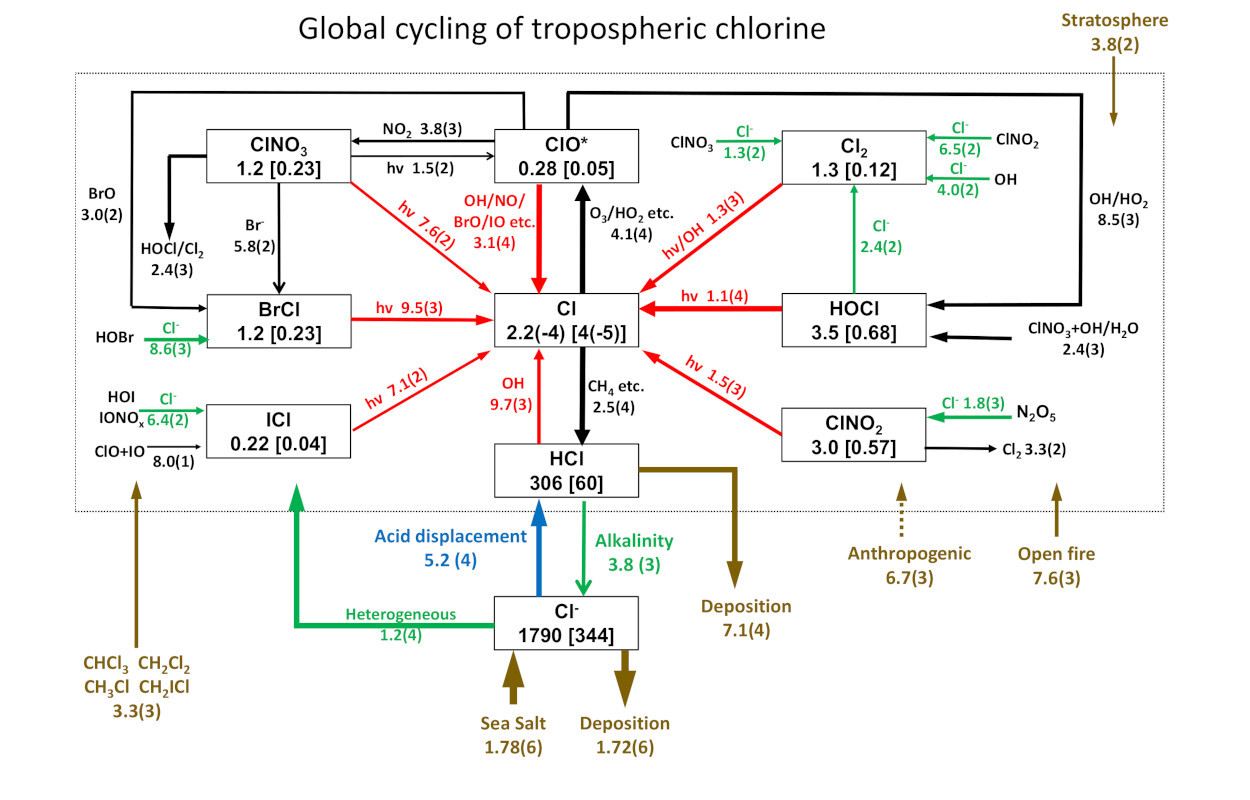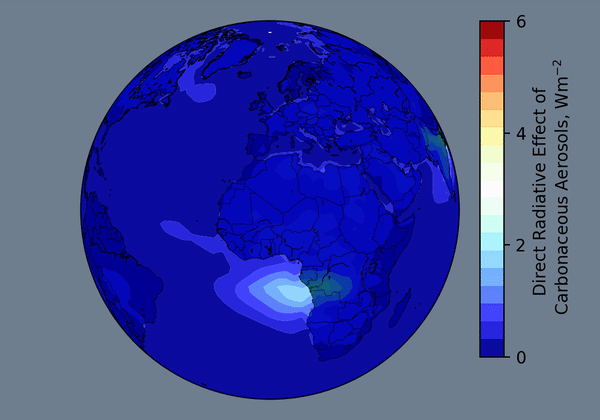Our overarching goal is to explore and understand atmospheric compositions and their impacts on pollution and climate. To do so, we use chemical transport models (CTM) together with observations (from all scales: ground, drone, aircraft, satellite, etc.) to study the chemistry and physics in the atmosphere and biosphere.
Here are the main research themes in our group:

Tropospheric chemsitry contributes to a series of issues in the earth system, such as air pollution, climate change, and ecological destruction. Modeling plays an important role in studying tropospheric chemistry by identifying processes, interpreting observations, assessing impacts, and making projections.
In the group, we develop and use model schemes based on the GEOS-Chem global model framework to study the oxidants, gases, aerosols, and foundamental chemistry in troposphere. Current topics inlcude: tropospheric halogen chemistry; secondary aerosol formation; heterogeneous reactions; air quality in coastal environments …

The earth’s climate is influenced by both natural and human activities, and closely related to the chemical and physical processes in the atmosphere. Currently, the sources and properties of atmospheric aerosols are significant and very uncertain factors contributing to global climate change.
In the group, we focus on understanding the lifecycles of atmopsheric aerosols, as well as their interactions with climate system. Current topics include: aerosol direct radiative forcing; black and brown carbon; coarse aerosols …

We are actively exploring possiblities of applying atmopsheric sciences and our modeling techniques on solving other environmental and engergy problems. This includes developments of new model methods and assisting the designs of carbon neutral strategies.
Current topics in the group include: urban planning and carbon cycle; mathematical model for urban climate policy; life-cycle assessment with considering nonlinear physics and chemsitry …